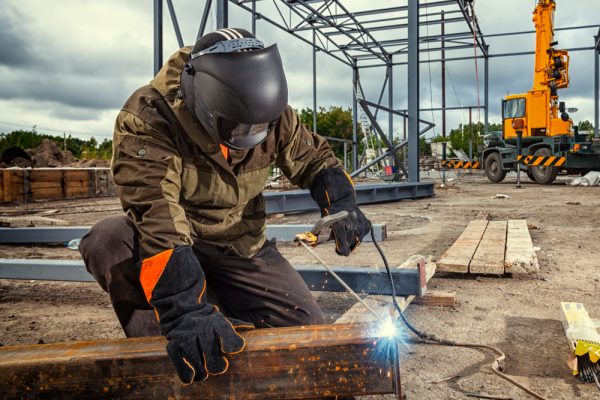Types Of Welding And Their Uses
Welding, a fundamental process in manufacturing and construction, plays a crucial role in joining metals to create sturdy and reliable structures. This article delves into the different types of welding and their practical applications, shedding light on the diverse techniques that welders employ to fabricate everything from skyscrapers to intricate metal sculptures. Discover types of welding and their uses and practical applications. Explore the world of welding techniques.
1. MIG Welding (Metal Inert Gas)
MIG welding, also known as Gas Metal Arc Welding (GMAW), utilizes a consumable wire electrode and a shielding gas, typically a mix of argon and carbon dioxide. This versatile method is widely used in automotive, aerospace, and general fabrication due to its efficiency and ability to weld various metals, including steel, aluminum, and stainless steel.
2. TIG Welding (Tungsten Inert Gas)
TIG welding, or Gas Tungsten Arc Welding (GTAW), employs a non-consumable tungsten electrode and a separate filler rod. This precise technique is favored for its exceptional control and clean welds, making it ideal for applications demanding high-quality finishes, such as aerospace components and artistic sculptures.
3. Stick Welding (SMAW – Shielded Metal Arc Welding)
Stick welding, often used in construction and heavy industry, utilizes a consumable electrode coated in flux. As the electrode melts, it forms the weld and creates a protective slag layer. This rugged method is valued for its simplicity and reliability, making it suitable for outdoor and structural projects.
4. Flux-Cored Arc Welding (FCAW)
FCAW is similar to MIG welding but uses a tubular wire filled with flux instead of a shielding gas. This makes it well-suited for outdoor and windy conditions, where maintaining a stable shielding gas can be challenging. FCAW is commonly used in shipbuilding and pipeline construction.
5. Submerged Arc Welding (SAW)
Submerged Arc Welding is an efficient method for welding thick sections of steel. It involves a continuous wire feed and a granular flux that covers the weld, preventing atmospheric contamination. SAW is frequently employed in the manufacture of pressure vessels and large structural components.
6. Laser Welding
Laser welding employs a highly focused laser beam to melt and fuse metals together. This precise and rapid technique is utilized in industries requiring intricate welds, such as electronics and medical device manufacturing.
7. Electron Beam Welding (EBW)
In EBW, a focused beam of high-velocity electrons generates heat as it strikes the metal. This method, commonly used in aerospace and automotive industries, produces deep, narrow welds with minimal distortion.
Understanding the various welding techniques and their applications is essential for professionals in the manufacturing and construction sectors. Each method offers unique advantages, allowing welders to tailor their approach to the specific demands of a project.
In conclusion, the world of welding is diverse and ever-evolving, with each technique serving a specific purpose in the creation of structures and products that shape our world. Whether it’s the precision of TIG welding, the versatility of MIG welding, or the robustness of stick welding, these methods form the backbone of modern manufacturing and construction, ensuring the integrity and durability of countless creations.
For more information go to https://crescocustommetals.com/


